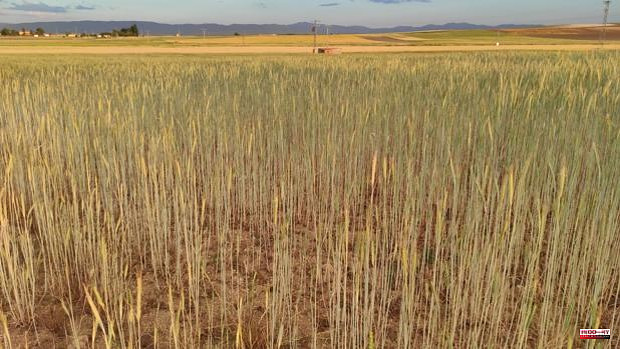The economy of Castilla y León shows an "obvious deterioration" and slows down its growth, has recognized the Minister of Economy and Finance, Carlos Fernández Carriedo, who has indicated that the Community is not immune to the situation of global "instability", inflation , the break in stock or the rise in interest rates already announced by the European Central Bank (ECB). So, the Castilian and Leonese GDP has been dragging for a few months, until closing the first quarter of this 2022 with a year-on-year growth of 3.2 percent.
Despite the slowdown compared to the 3.7 percent that it advanced in the previous quarter, "the positive part is that we continue to grow," said the spokesman for the Junta de Castilla y León.
If nothing goes wrong, everything indicates that it will be among the "first communities" to recover the GDP levels prior to the crisis caused by the outbreak of Covid in 2020. 77 percent of what was lost has already been recovered, Fernández highlighted. Carriedo.
Industry and agriculture are the sectors that most strongly slow down growth. The rise in energy costs, the breakdown of stocks and the shortage of raw materials weighed down the industrial sector, which fell the most in the first quarter. 5.8 percent was left. And 5.2 percent agriculture and livestock fell, since the expectations of a good harvest have been truncated by the lack of rain and the early heat.
On the contrary, the services sector pointed to the positive. It grew 7 percent between January and March of this year compared to the same period of the previous year, in which the impact of the measures to try to contain the coronavirus pandemic was still noticeable. Growth also, but lower, for construction, 2.5 percent.
On the demand side, a positive contribution from domestic demand, which grew by 1.8 percent, supported above all by consumption and the evolution of exports.
In terms of employment -measured in full-time equivalent jobs-, the Regional Accounts for the first quarter reflect a year-on-year variation of 2.9 percent, with an acceleration in services, the sector that has grown the most in this period.












